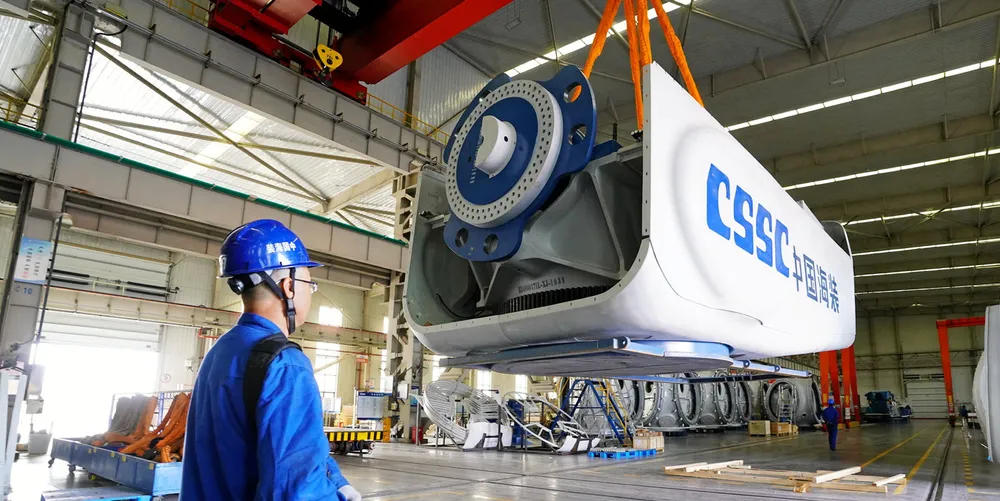Scotland's new floating wind big bang, China looms large and climate roars back
AGENDA | Our curation of the must-read news and analysis from the-week-that-was in the global renewable energy industry

AGENDA | Our curation of the must-read news and analysis from the-week-that-was in the global renewable energy industry
